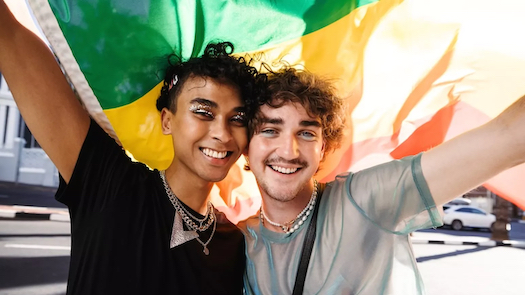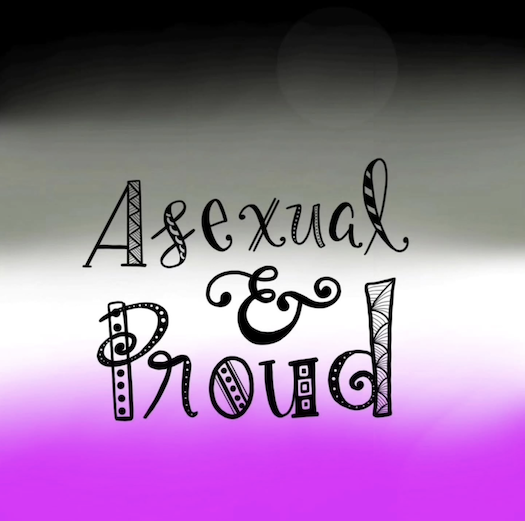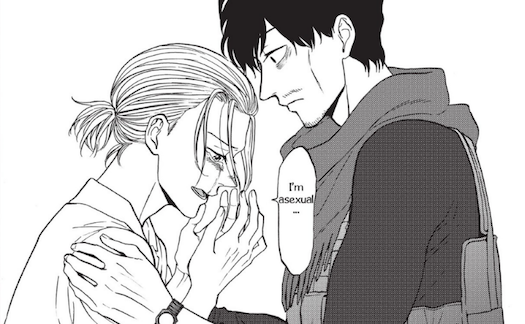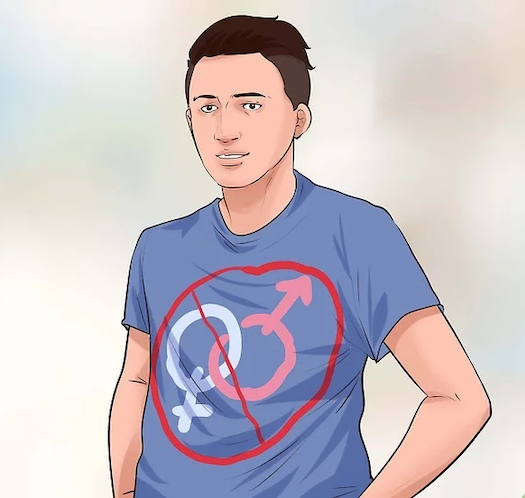
A rising number of queer Millennials identify as asexual, straining same-sex marriages in New York City and reshaping cultural expectations.

New York, N.Y. – On any given evening in Manhattan, couples step out of the city’s perpetual rhythm of ambition and indulgence to share dinner, conversation, or intimacy within the walls of their homes. But for many queer Millennial men in New York, intimacy no longer carries the same resonance it once did.
A growing number of men who once enthusiastically defined themselves through marriage and desire are instead finding their evolving identities rooted in asexuality, leaving partners navigating silence, rejection, and ultimately, divorce.
The emergence of this trend—estimated to affect as many as 10% of Millennial queer men nationally—has been particularly visible in New York City. Here, where stress levels, high rents, and constant cultural temptations test even the most committed partnerships, anecdotal evidence suggests the proportion is even higher. Lawyers and therapists alike are observing a discernible spike in petitions for no-fault divorce on the statutory grounds of “irretrievable breakdown”, a phrase at once sterile in law but anguished in life.

The Statistics Behind a Shifting Identity
National studies in human sexuality show that asexuality, once thought to be vanishingly rare, has grown to represent 1% to 2% of the general population. But within Millennial queer male demographics, researchers are now recording self-identification levels that run as high as 10%.

For a generation raised against the backdrop of hard-won victories for marriage equality, the shift poses both intimate and societal quandaries.
Dr. Henry Lamont, a clinical psychologist specializing in LGBTQ+ relationships, noted: “We are beginning to understand that sexual orientation and sexual desire are not static.
For many, attraction evolves—or declines—over time. What is new here is the scale at which queer Millennial men are openly adopting an asexual identity, sometimes several years after marriage.”
For partners, a departure from sexual desire is often interpreted as rejection or as symptomatic of relational failure. In reality, the transformation frequently reflects individual evolution rather than spousal shortcomings. Yet the collision of newfound asexual identity with marriage vows rooted in sexual bonds creates a strain that many couples cannot overcome.
New York City: A Pressure Cooker for Relationships
New York, with its whirl of ambition, exhaustion, and relentless comparisons, creates uniquely precarious conditions for intimacy.

Queer Millennials in the city face financial burdens—median rents surpass US$4,200 (approx. €3,840) for a one-bedroom in Manhattan—as well as professional demands that erode emotional presence.
Even within marriages, constant exposure to nightlife and new romantic possibilities magnifies insecurities.
“New York heightens tension. It creates both temptation and emotional fatigue,” explained Nelson Cruz, a Brooklyn-based marriage counselor.
“So when one partner experiences a reduction or loss of sexual desire, the other can feel doubly abandoned: first by the lack of intimacy, and second by the perception that in this city, with its countless alternatives, they have been uniquely turned away.”
It is precisely this intersection—of economic strain, limited space, and expanded opportunity—that makes New York fertile ground for the dissolution of marriages reshaped by asexuality.
Divorce and the Legal Implications of Asexuality

In New York, the liberalization of divorce law in 2010 made “irretrievable breakdown” the standard language for dissolution.
The statute avoids assigning blame, allowing couples to dissolve marriages without proof of wrongdoing. Yet attorneys say the language is increasingly deployed to reflect situations in which one partner has embraced asexuality.
Family law attorney Erica Klein, who has seen a rising caseload among gay male clients, observed: “It is not that a partner can point to betrayal.
It is that the marriage no longer functions in a way both parties consider fulfilling. The law recognizes this, but there is real heartbreak in trying to affirm dignity while also narrating loss.”
Financially, divorce continues to carry enormous implications, particularly in a city where joint leases and shared mortgages often bind couples more tightly than their vows.
Alimony, asset (and pet) division, and housing transitions amplify the difficulty, with many men facing the paradox of continued cohabitation with estranged partners due to prohibitive rents.
Emotional Fallout and Shifting Narratives of Marriage
The intimate consequences stretch far deeper than legal filings. For the spouse left behind, the awareness that his partner has not rejected him—specifically—but rather desire itself, brings little solace. Marriages founded on narratives of passion feel disoriented in the absence of physical affirmation.
José Martinez, who divorced his husband last year after a six-year marriage, described it poignantly:
“I spent months asking myself what I had done wrong, what I had lost. Then I realized
that it wasn’t about me. He wasn’t choosing someone else. He was choosing solitude
with himself. Accepting that didn’t make it hurt less, but it let me stop assigning blame.”
The broader cultural narrative is shifting as well. Once, marriage within queer communities symbolized visibility, defiance, and shared liberation. Now, as one partner evolves into a realm of desirelessness, marriage becomes less a battlefield for rights and more a crucible for personal reevaluation.
Redefining Love Beyond Sexual Desire
In response, some New York couples are attempting radical reinventions.

A handful negotiate open marriages, permitting one partner to sustain external sexual liaisons while maintaining domestic union. Others redefine intimacy outside of sex—through companionship, shared rituals, and intellectual closeness.
Psychotherapist Maria Enríquez explains: “We are watching the emergence of nontraditional marriages that decenter sex but still emphasize loyalty.
These unions test whether love can survive solely as devotion. For some, it works. For many, it does not.”
What remains constant is the yearning for a large societal vocabulary that can hold these realities. Asexuality is often still described in clinical tones, its arrival within marriage recounted in whispers. Yet visibility builds gradually, propelled by stories from those who have lived the rupture.
A City at the Crossroads of Intimacy

The rise of asexual identification among Millennial queer men in New York City is both private and public—private in the bedroom, public in the courtroom.
It implicates histories of equality struggles, reimagines the expectations of marriage, and challenges couples to reconcile vows with transforming identities.
Don’t expect an asexual person to change. Asexuality isn’t a choice or preference any more than heterosexuality and homosexuality are. Asexuality isn’t a problem or disorder, and it isn’t caused by abuse or violence.
For a city that thrives on intensity, the lesson of asexuality may paradoxically be restraint. For many, the future will no longer be measured in physicality but in companionship, in the quiet resilience of love untethered from desire.
New York is, after all, a place where reinvention is relentless—and marriage, like the city itself, is always under negotiation.
Summary
In New York City, a growing number of Millennial queer men are embracing asexuality, often years into marriage. The shift leaves partners grappling with feelings of rejection and leads many couples toward no-fault divorces citing “irretrievable breakdown.” While some reimagine intimacy outside of sex, most confront painful dissolution in a city where financial strain heightens emotional loss. Experts suggest this cultural shift reshapes the meaning of marriage, with love and loyalty extending beyond sexual desire.
#Asexuality #QueerMillennials #NYCRelationships #NYCStories #IntimacyRedefined
#NoFaultDivorce #UrbanLove #QueerIdentity #ChangingMarriages #MarriageEquality
Tags: asexuality, New York City, Millennial queer men, same-sex marriage,
divorce, intimacy, LGBTQ+, cultural shifts, psychology, legal issues, relationships
